Panier
Close
- No products in the cart.
Sous total (Hors frais de livraison)
0,00€
Payer
Expédition et livraison
Réparation et maintenance
Are you hesitating whether to buy a 4m² or a 5m² wing? Or maybe, once you’re on the spot, you don’t know which size to choose for your current session? Wind strength is an essential parameter not to be neglected when choosing a wing. A wing that’s too big or too small can compromise your safety and your riding pleasure. In this article, we’ll help you make the right choice according to wind speed and your skill level.
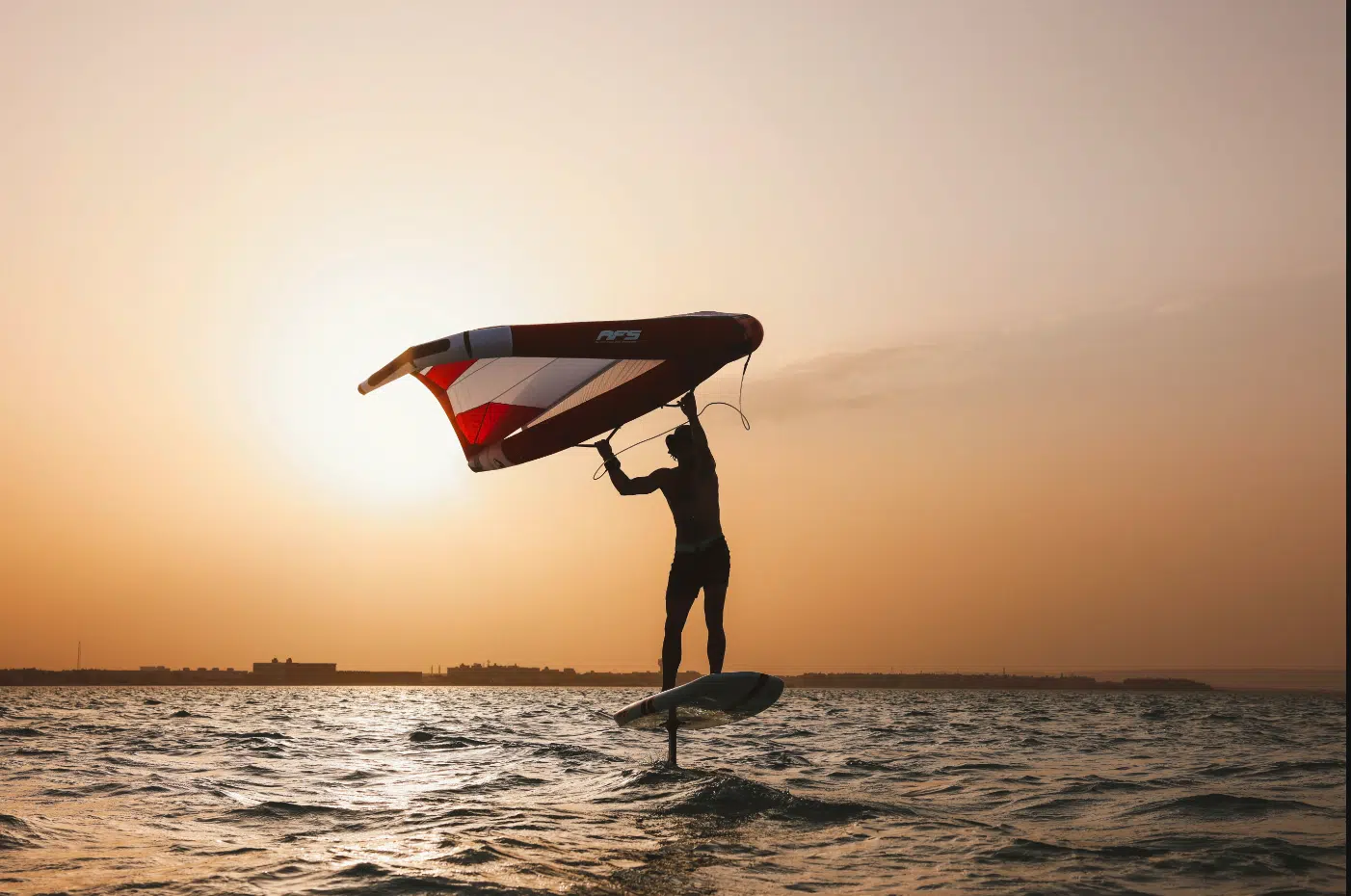
Wind strength is measured on the Beaufort scale, while wind speed is mainly measured in knots in the marine environment. For water sports enthusiasts such as wingfoilers, windsurfers and kitesurfers, the ideal conditions for sailing are generally between forces 4 and 9. Each step on this scale corresponds to a specific wind speed range.
At 4 Beaufort, the wind is ideal for sailing, at around 15 knots. At 9 Beaufort, on the other hand, we’re into a strong gale of around 45 knots, weather conditions reserved here for experienced riders.
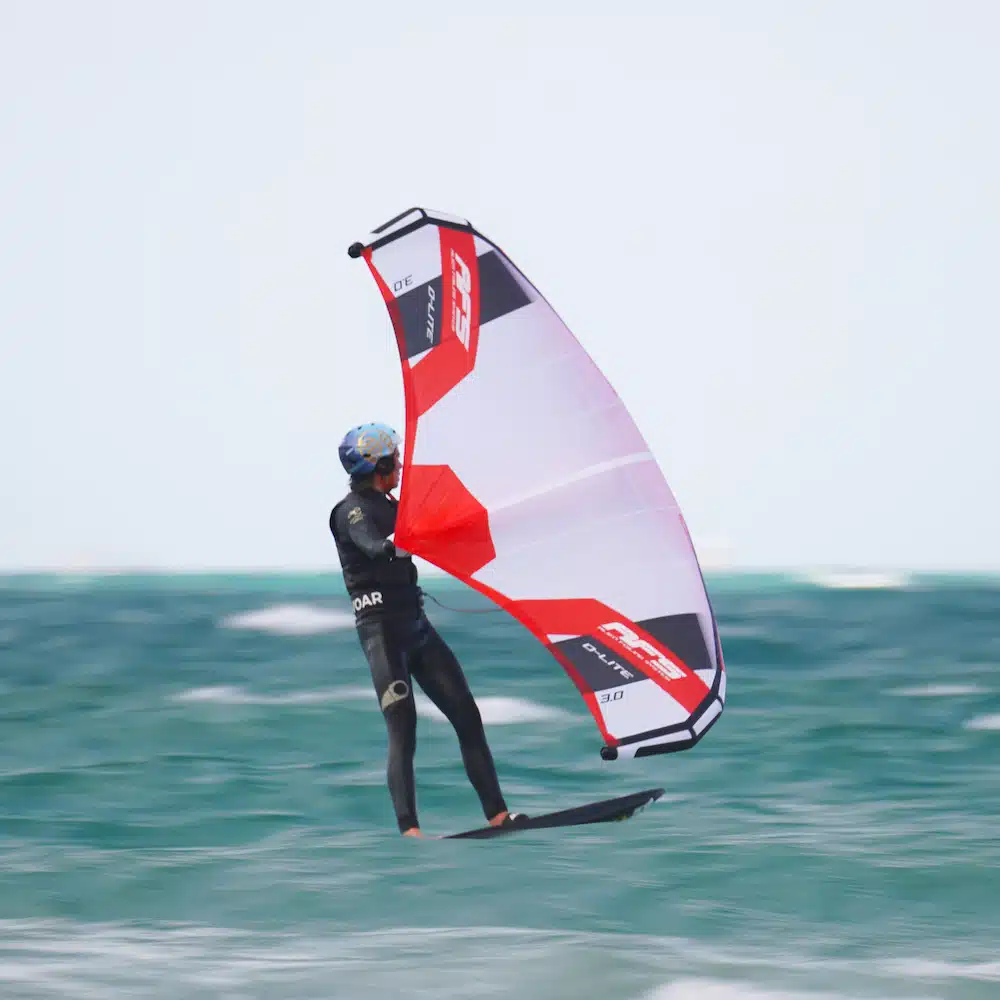
Summary table of ideal wind ranges for wingfoil :
| Force | Wind type | Wind speed in knots | Wind speed in km/h | Level of wing foil experience |
|---|---|---|---|---|
| 4 | Nice breeze | 11-16 | 20-30 | beginner to expert |
| 5 | Good breeze | 17-21 | 31-39 | beginner to expert |
| 6 | Fresh wind | 22-27 | 40-50 | beginner to expert |
| 7 | Grand frais | 28-33 | 51-61 | intermediary and expert |
| 8 | Gale of wind | 34-40 | 62-74 | expert |
| 9 | Strong gale | 41-48 | 75-88 | expert |
| Rider size | Light wind (15-20 knots) | Moderate wind (20-25 knots) | Strong wind (25-45 knots) |
|---|---|---|---|
| Light (<75 kg) | 4.0 to 5.0 m2 | 3.5 to 4.5 m2 | 2.5 to 3.5 m2 |
| Medium (75-90 kg) | 4.5 to 5.5 m2 | 4.0 to 5.0 m2 | 2.5 to 4.0 m2 |
| Heavy (>90 kg) | 5.5 to 6.5 m2 | 4.5 to 5.5 m2 | 3.0 to 4.0 m2 |
Sailing a wingfoil in strong winds (30 knots and more) requires the right equipment, technique and physical preparation to guarantee safety and pleasure. First, opt for a small wing, between 2.5 m² and 4.0 m², depending on your weight and Beaufort force. A smaller glider will be easier to handle and hold for flying in difficult conditions.
In short, the stronger the wind, the smaller the sail, even for a large, muscular sailor. Nature is always more powerful than we are. And don’t hesitate to change your sail as the wind changes. The weather is the first thing to take into account before any wingfoil session, whatever your level.
For smooth, optimal sailing on the water, choosing your wings depends on your needs and desires, but also on your budget. Some brands offer lighter, stronger, more fragile or more technical materials, depending on the program (wave, freestyle, freeride, race). Or with a system of rigid or flexible handles, or even with a boom, as is the case with AFS Foiling. Sail shapes (with or without window) and inflation systems also vary. However, one thing is certain: the canopy surface will remain unchanged, although some wings are more powerful than others. In short, before you buy your wings, take the time to find out more about the brands and the shops. And watch or take part in video tests. Finally, if you’re taking lessons, ask your wingfoil instructor for advice on the equipment best suited to you.

Click & Collect
Secure payment in 3 or 4 instalments
Advice from enthusiasts
Satisfied or your money back
2 to 3 years warranty
Worldwide delivery
Votre emplacement actuel et les langues disponibles
Your current location and available languages
Build your complete foil equipment according to your practice and objectives.
Answer a few quick questions and get a suggestion.
Compare up to three stabilizers side by side.
Coming soon...
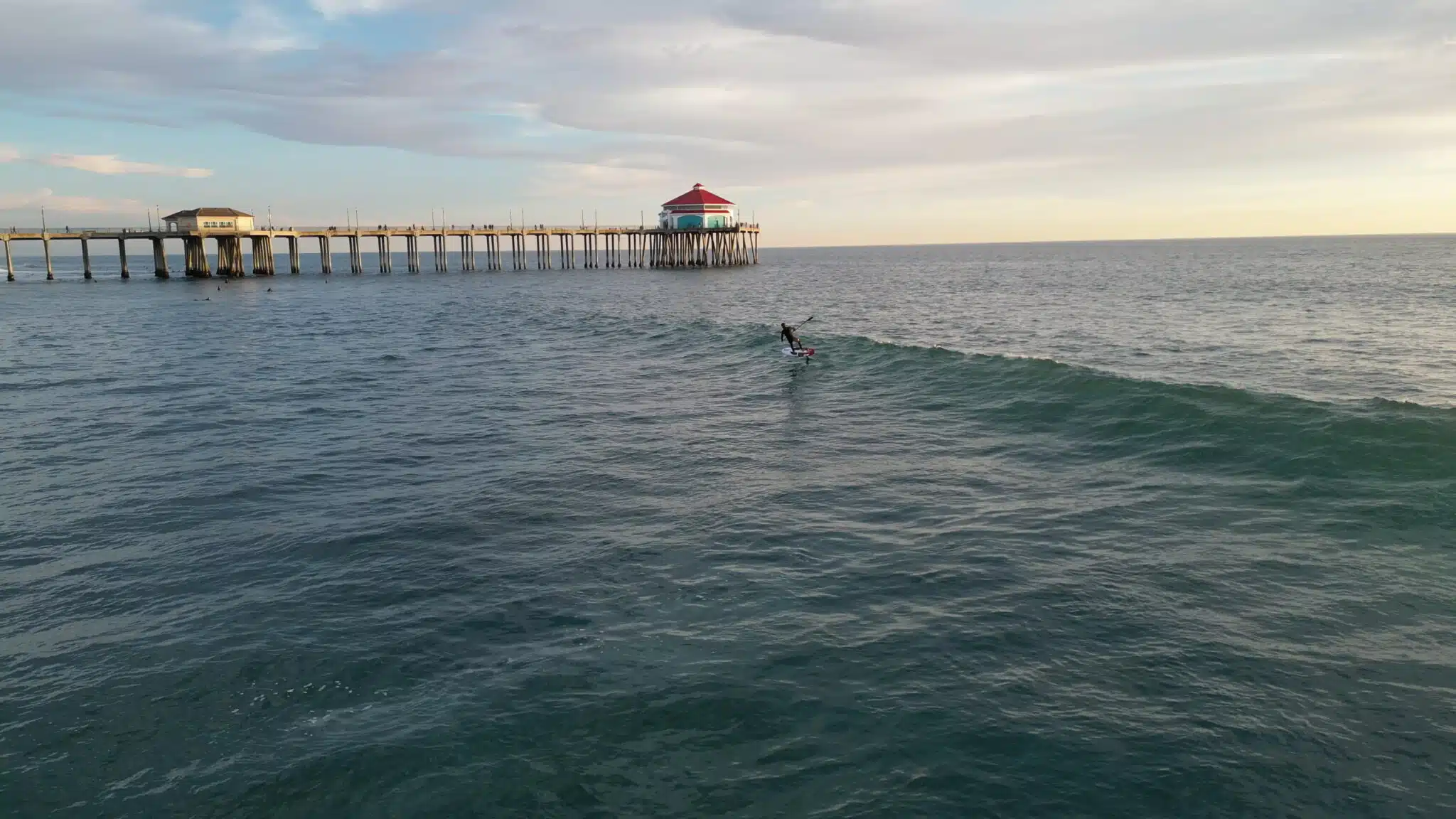
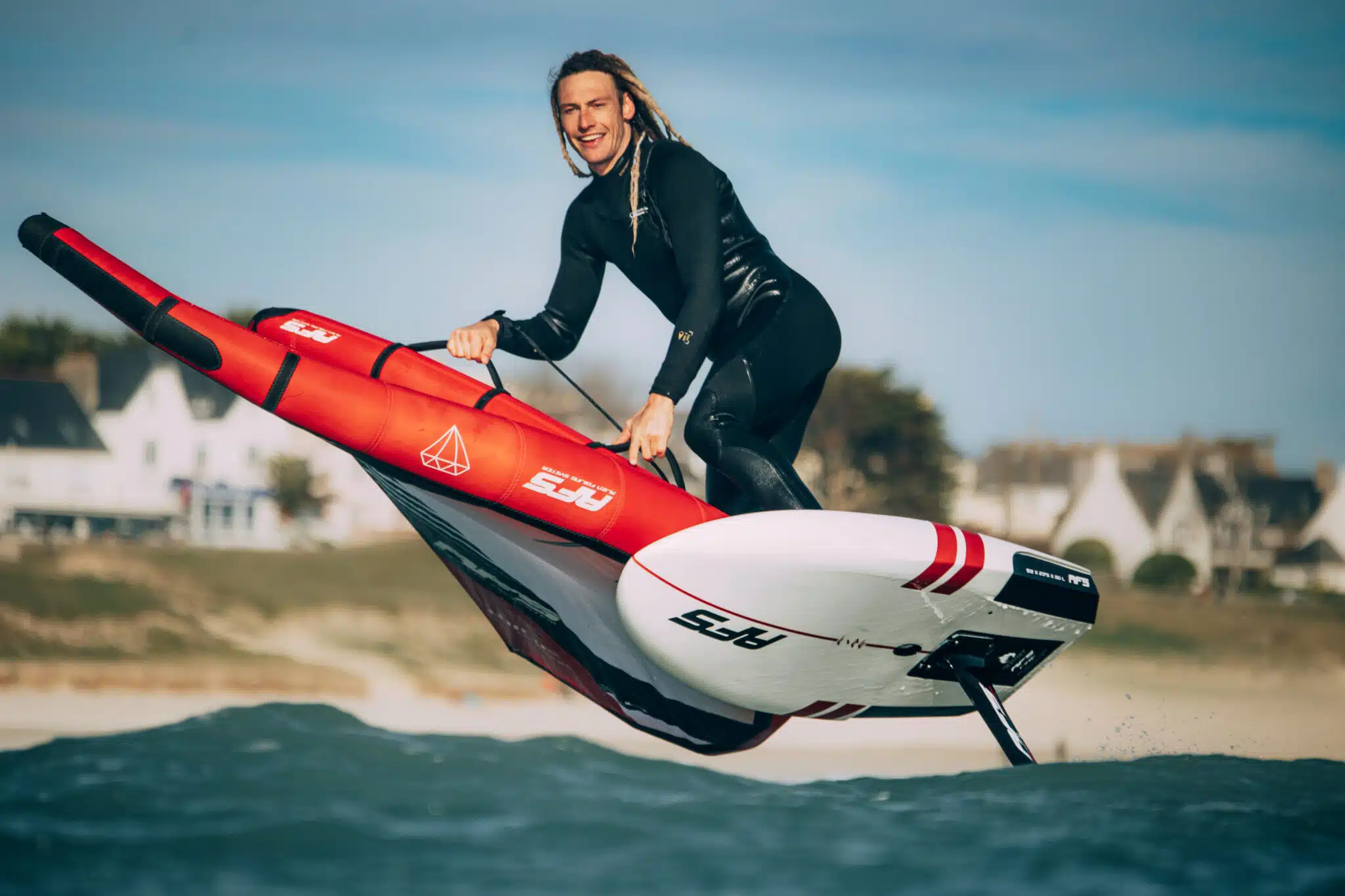

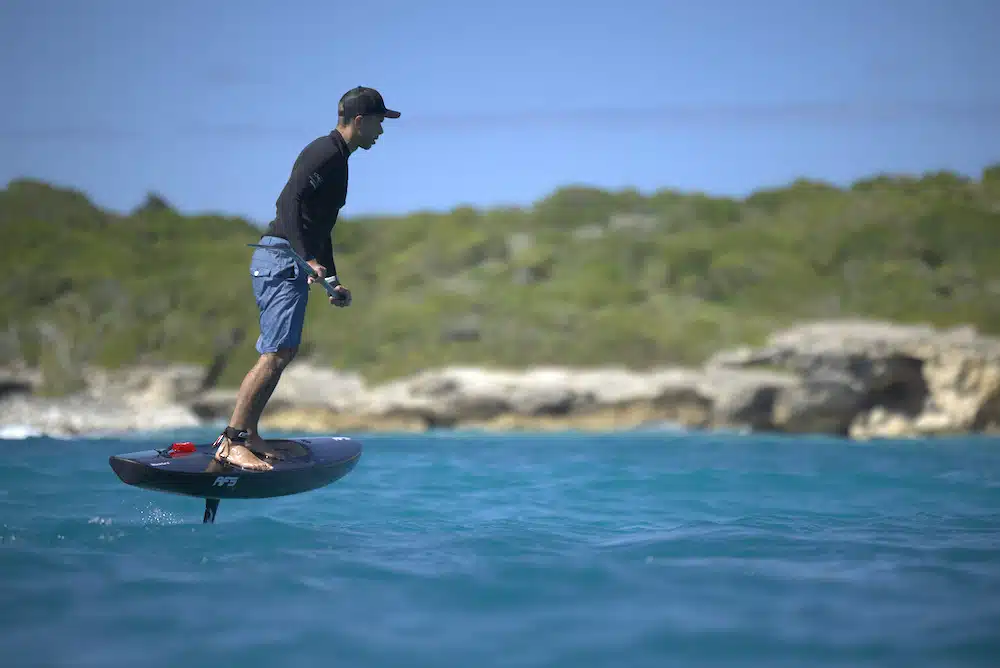
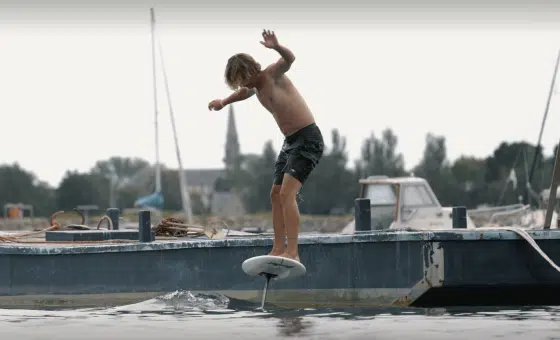
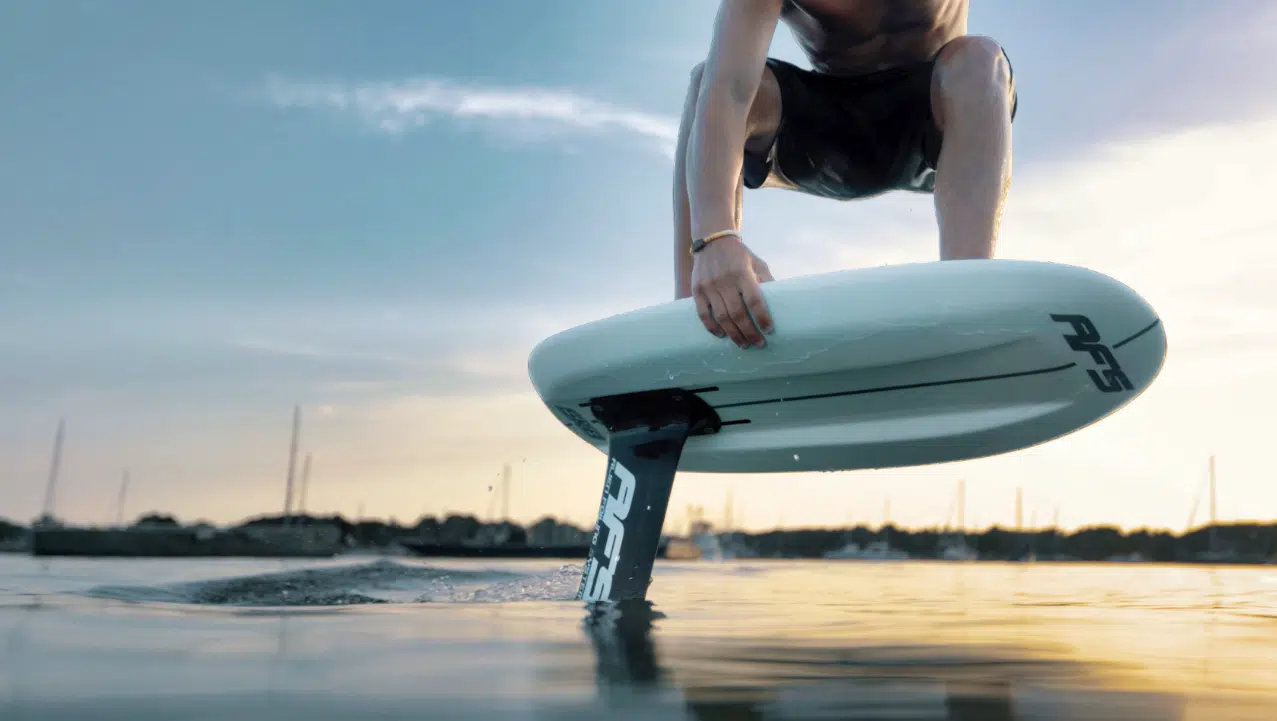
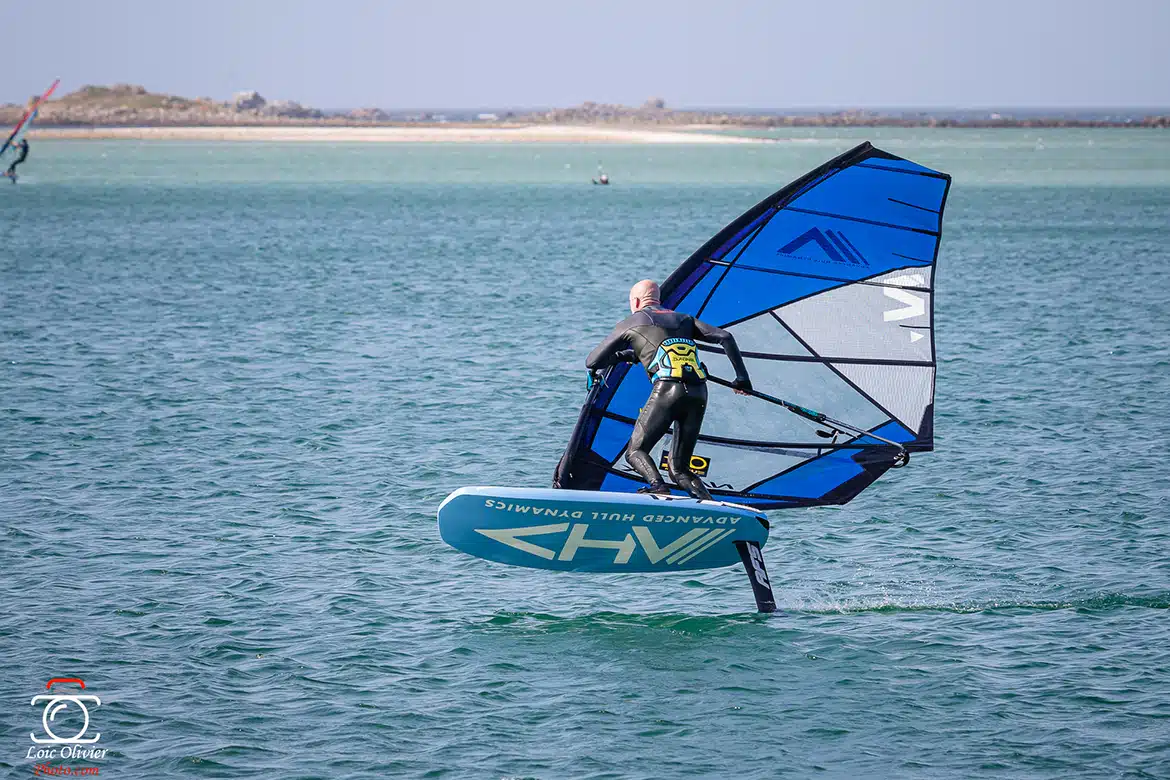
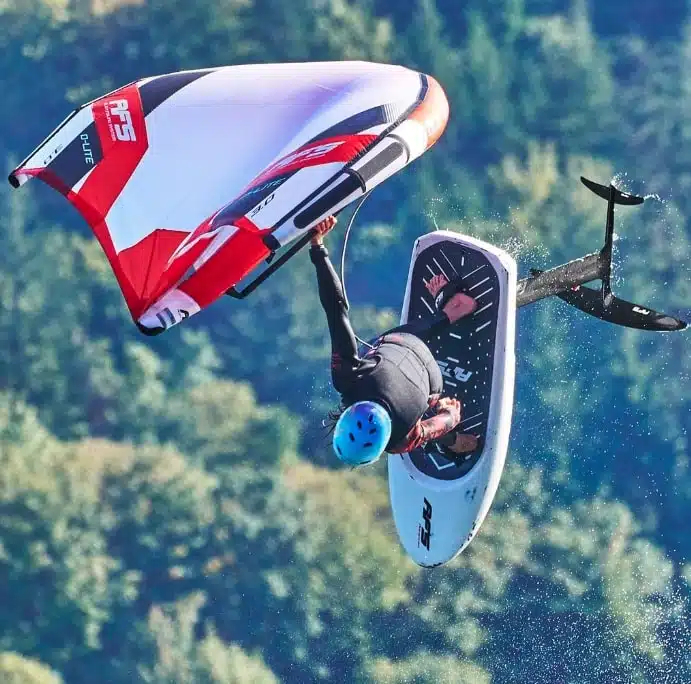
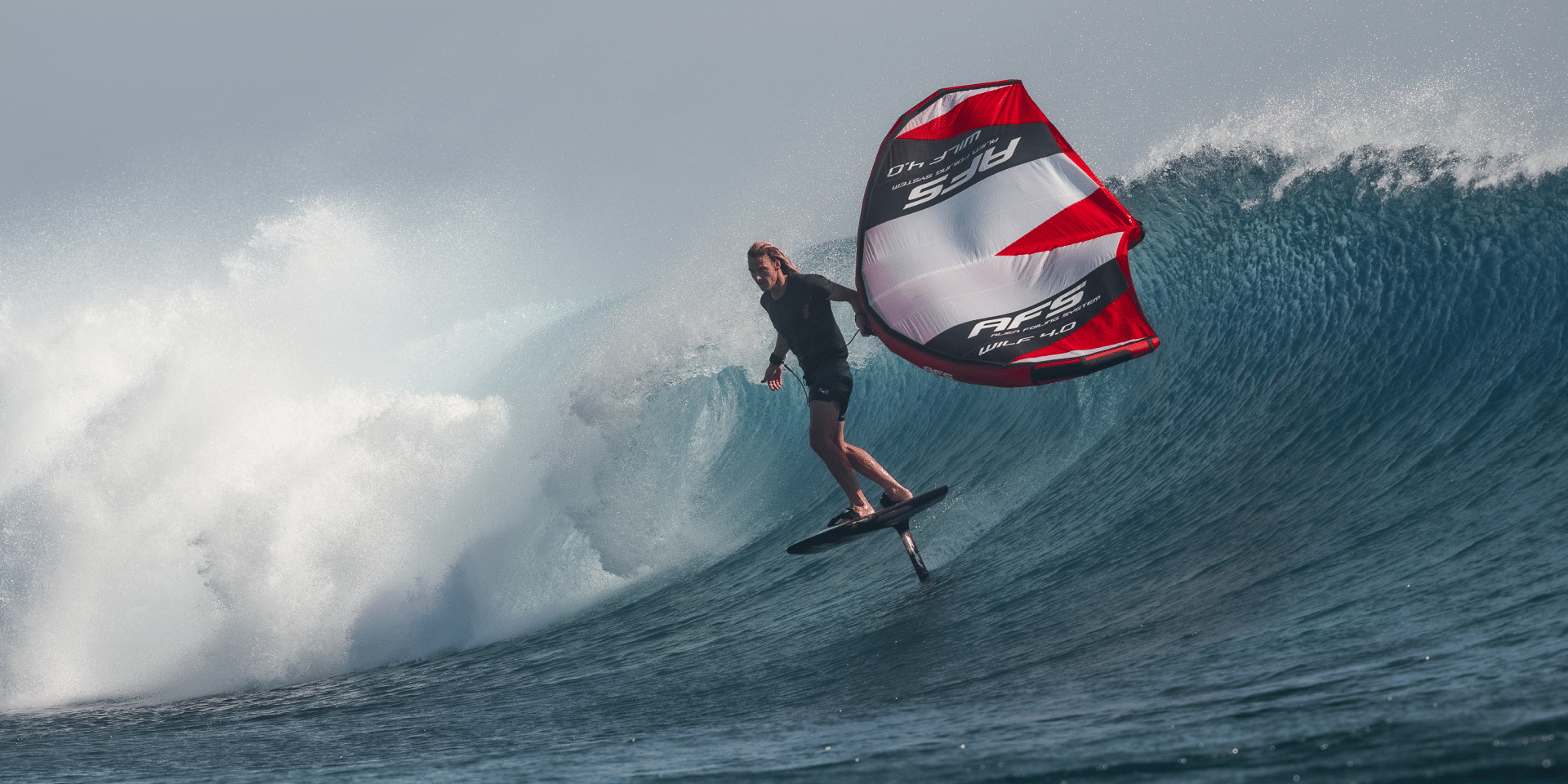
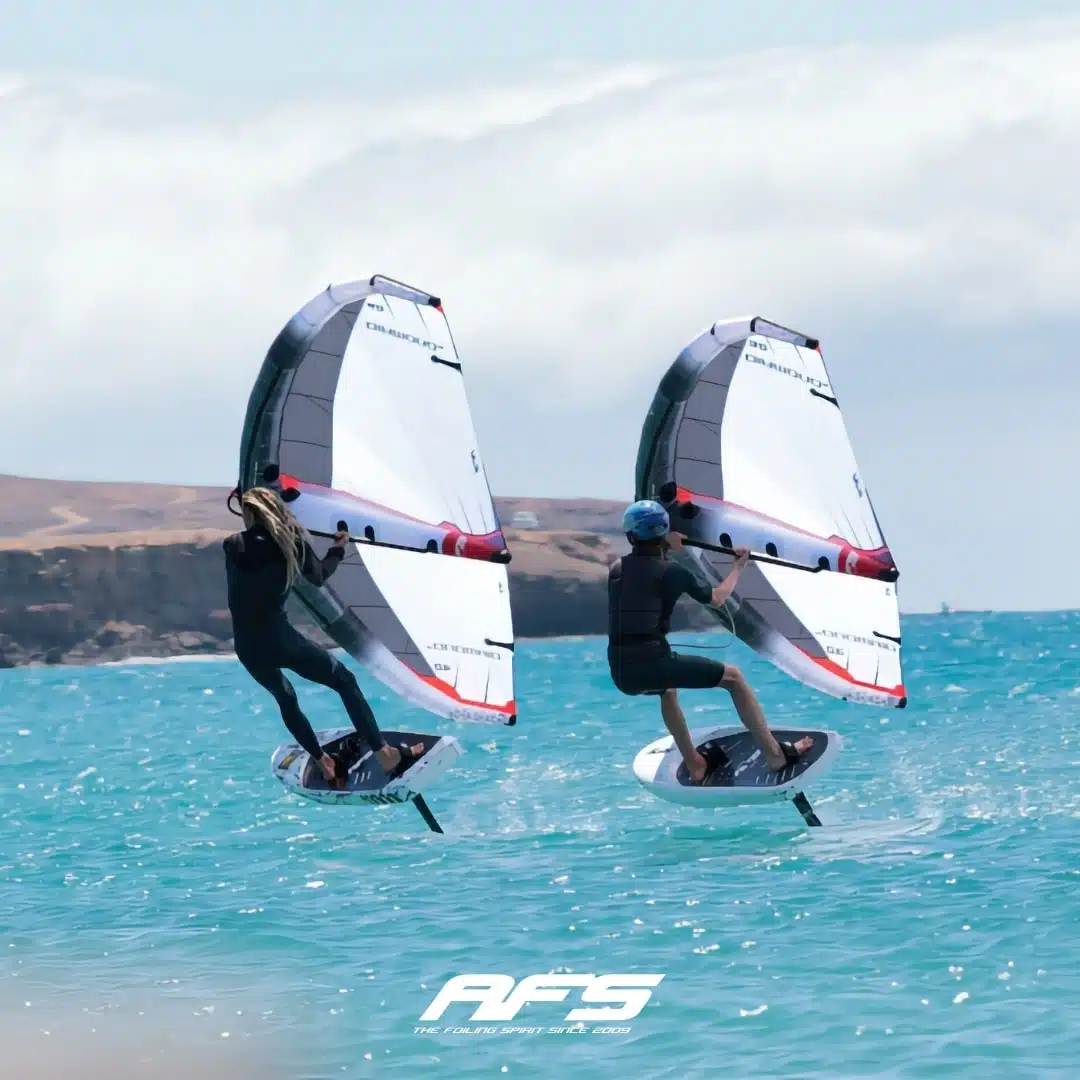
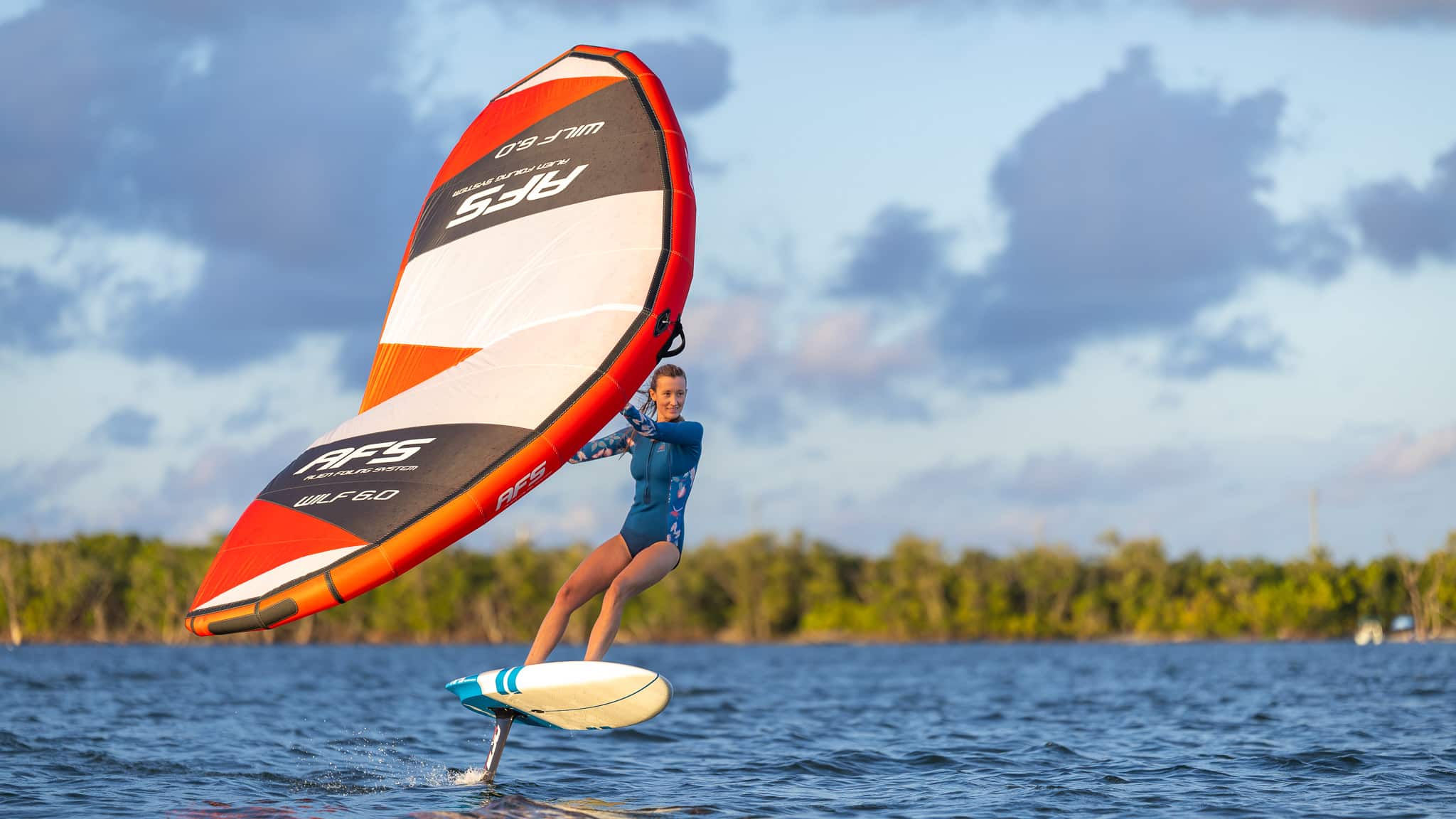

You will receive a product in excellent condition, with a few minor scratches from use.
Your product may have a few minor scratches or visual defects, but it's ready to take to the water again!
Despite deeper scratches or more pronounced visual defects, your product can take to the sea without hesitation: at this price, it's a shame to miss out!